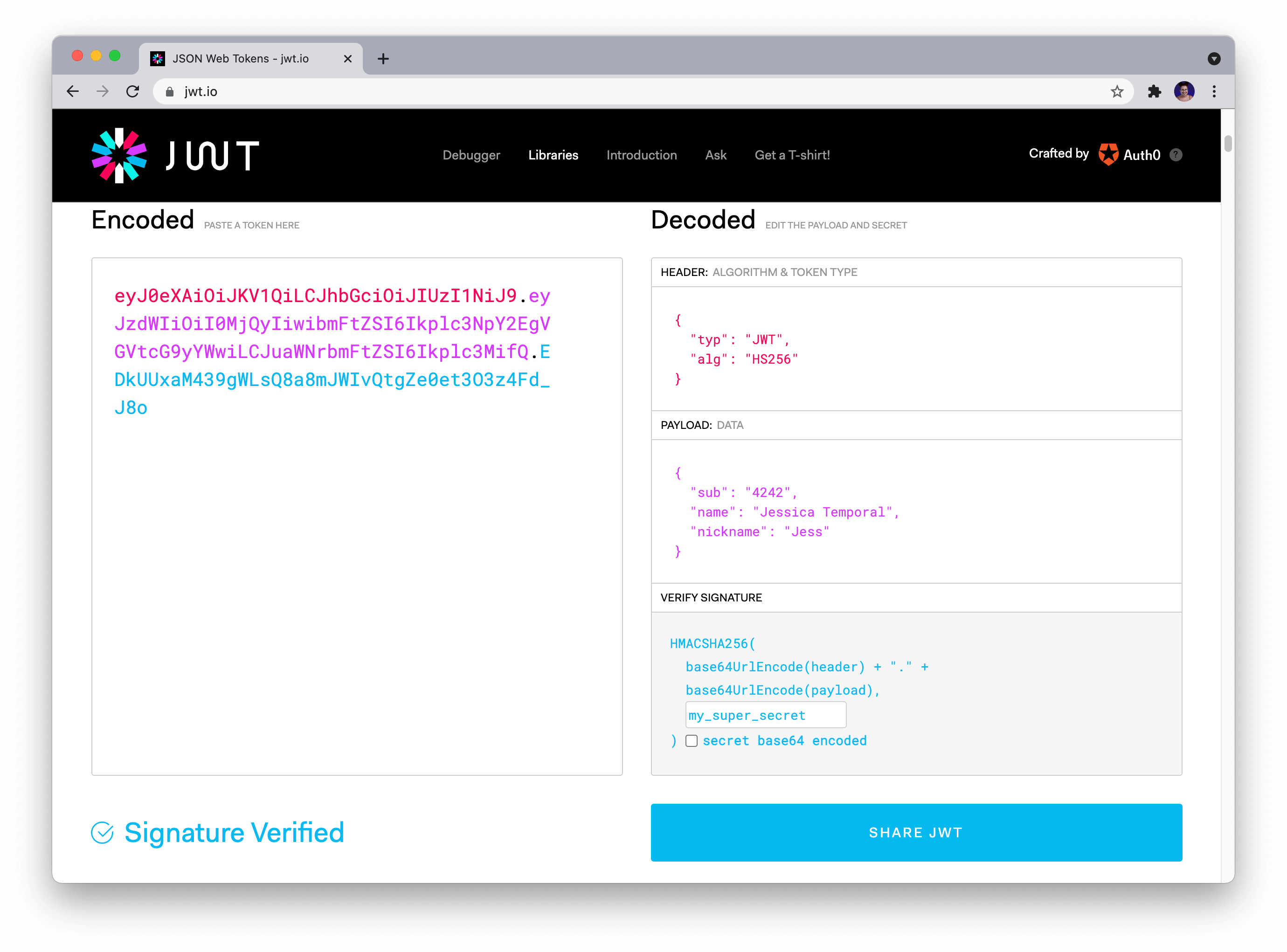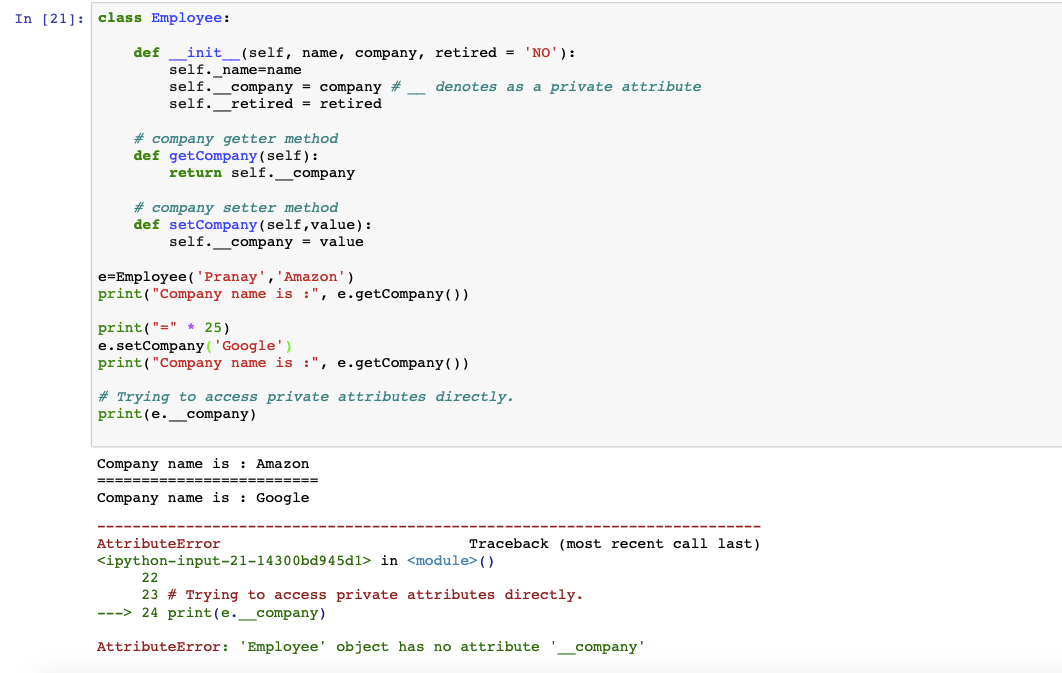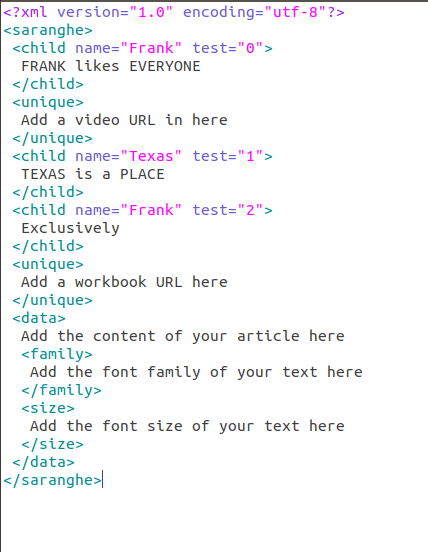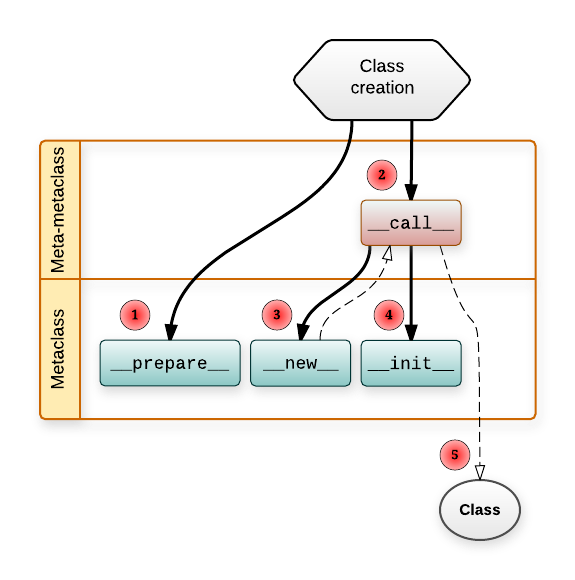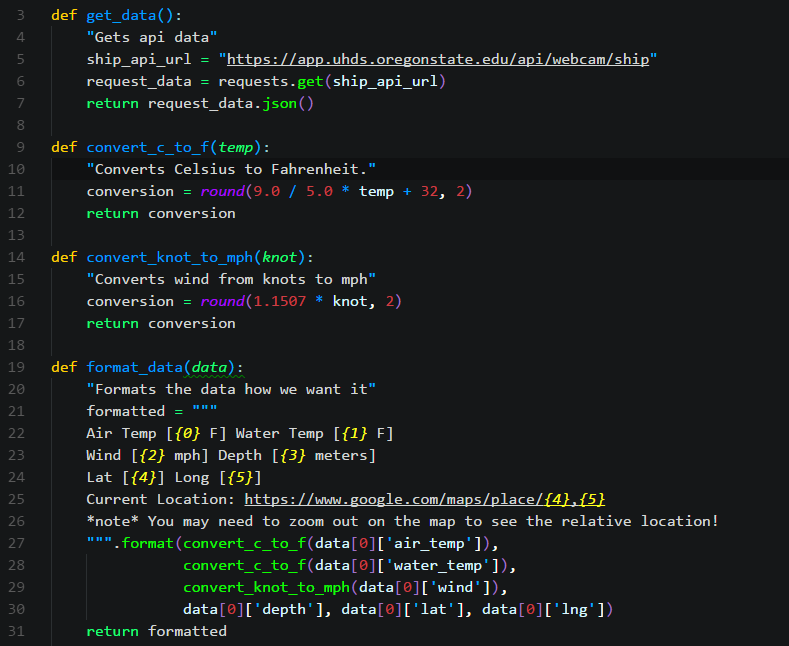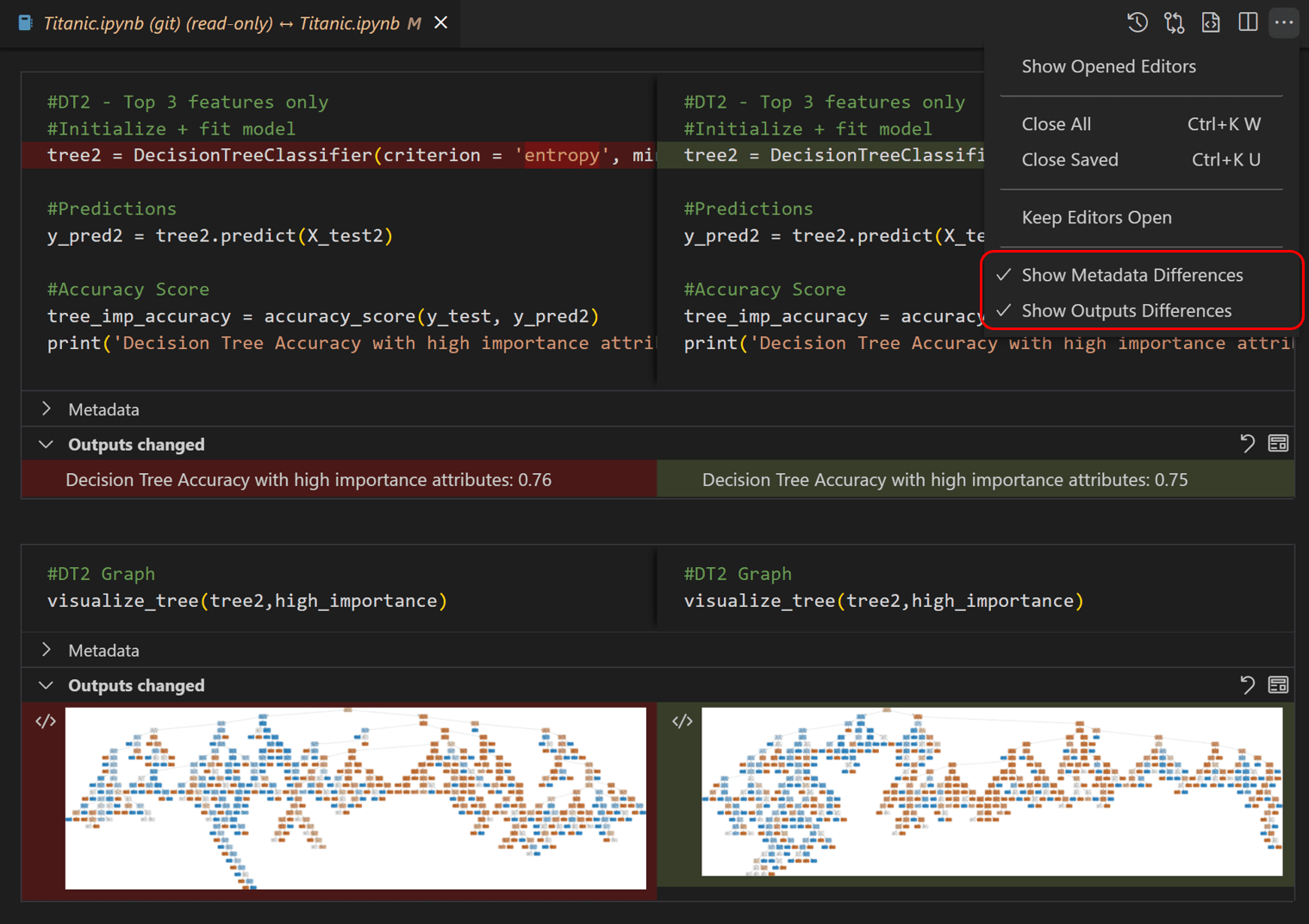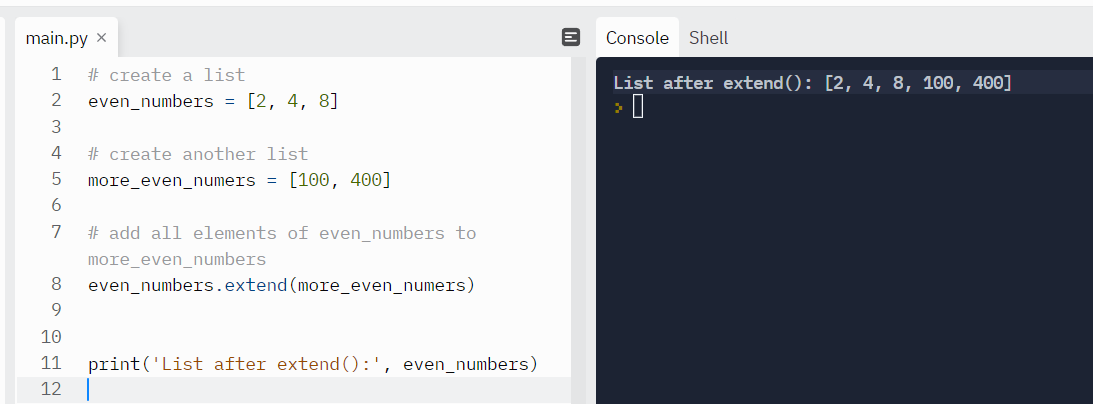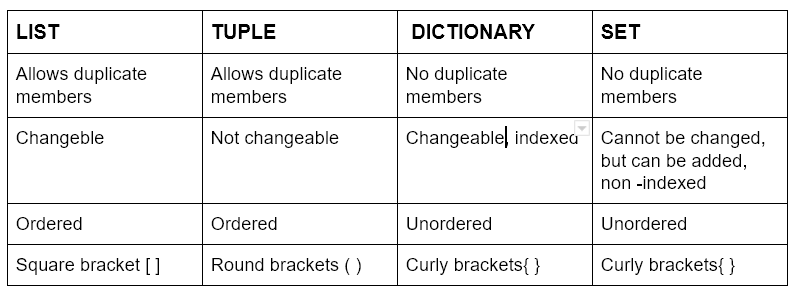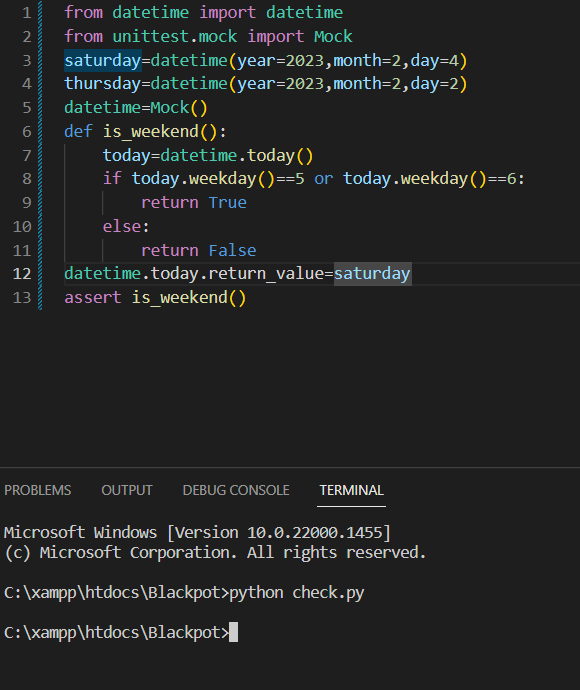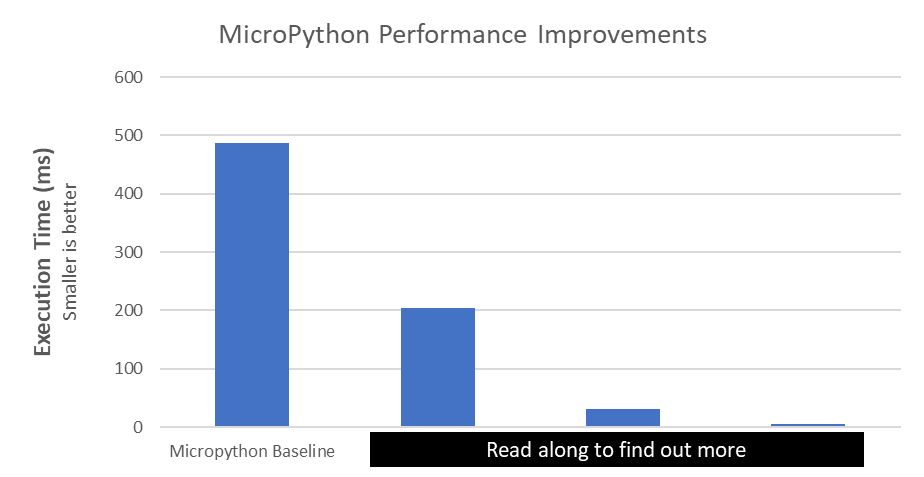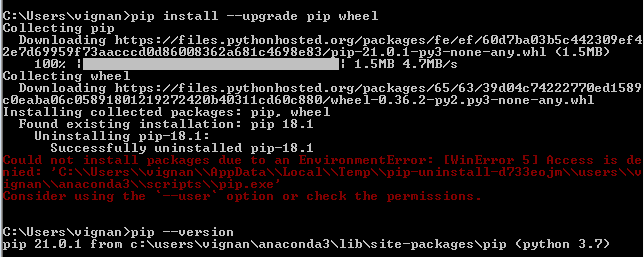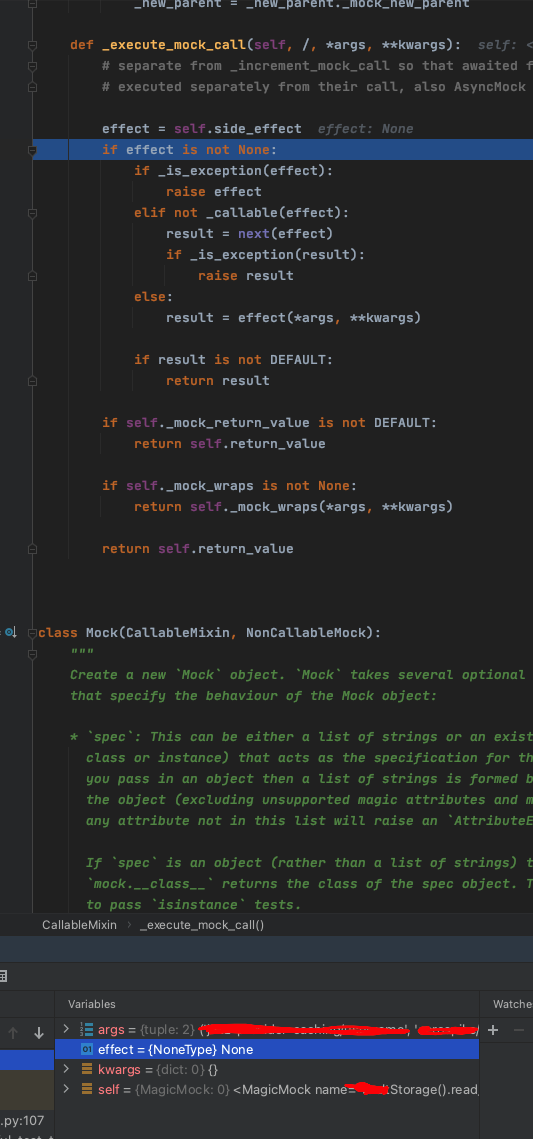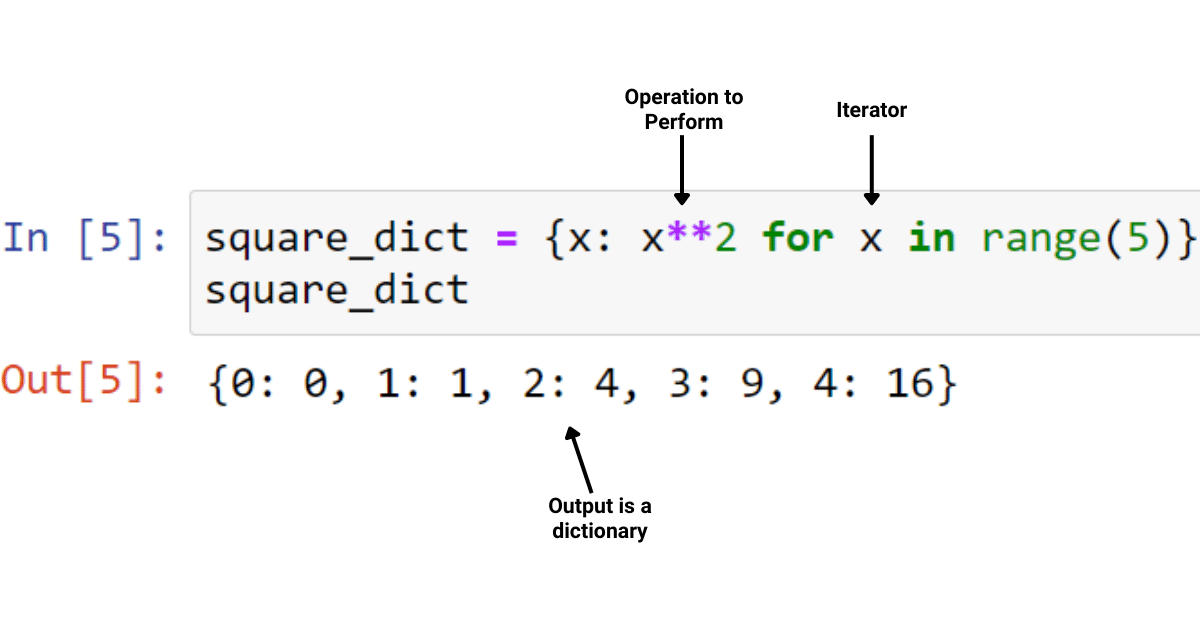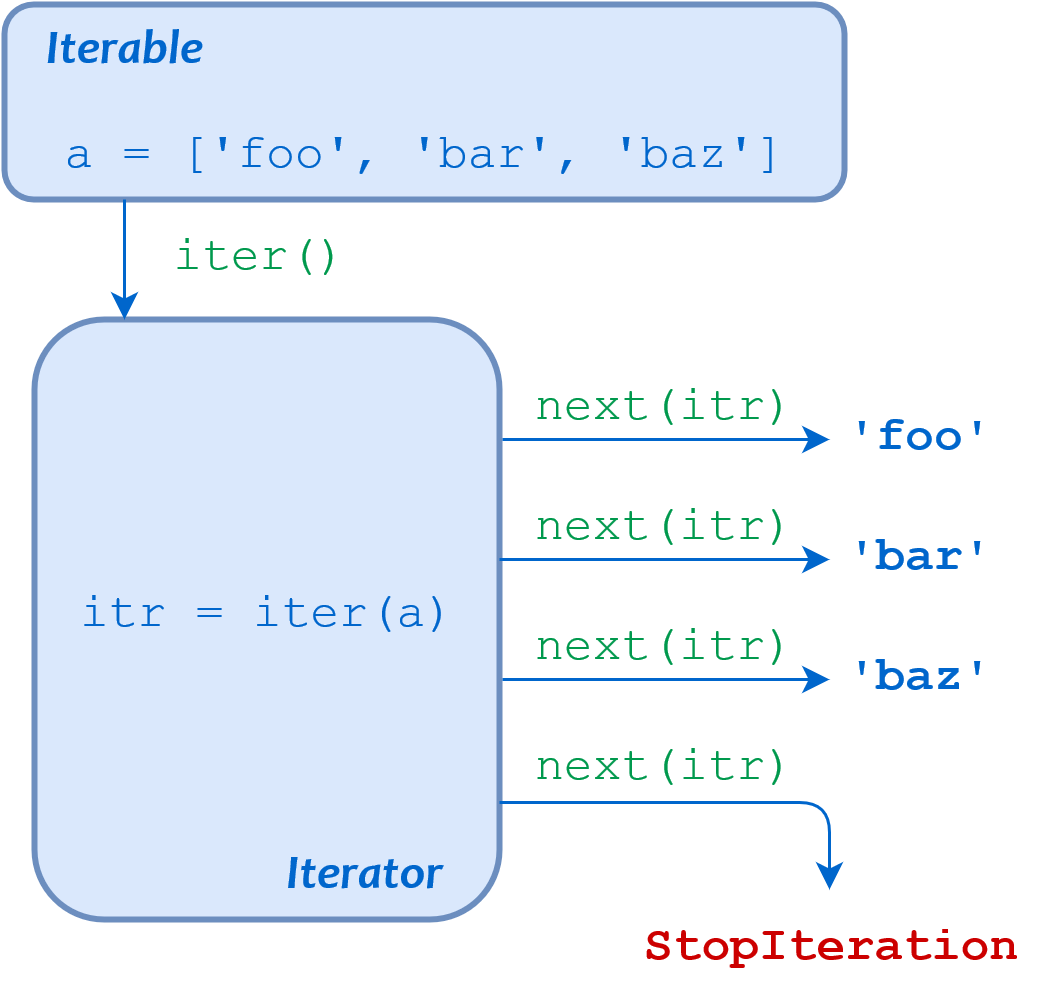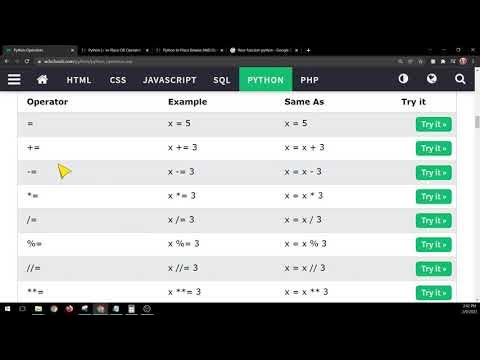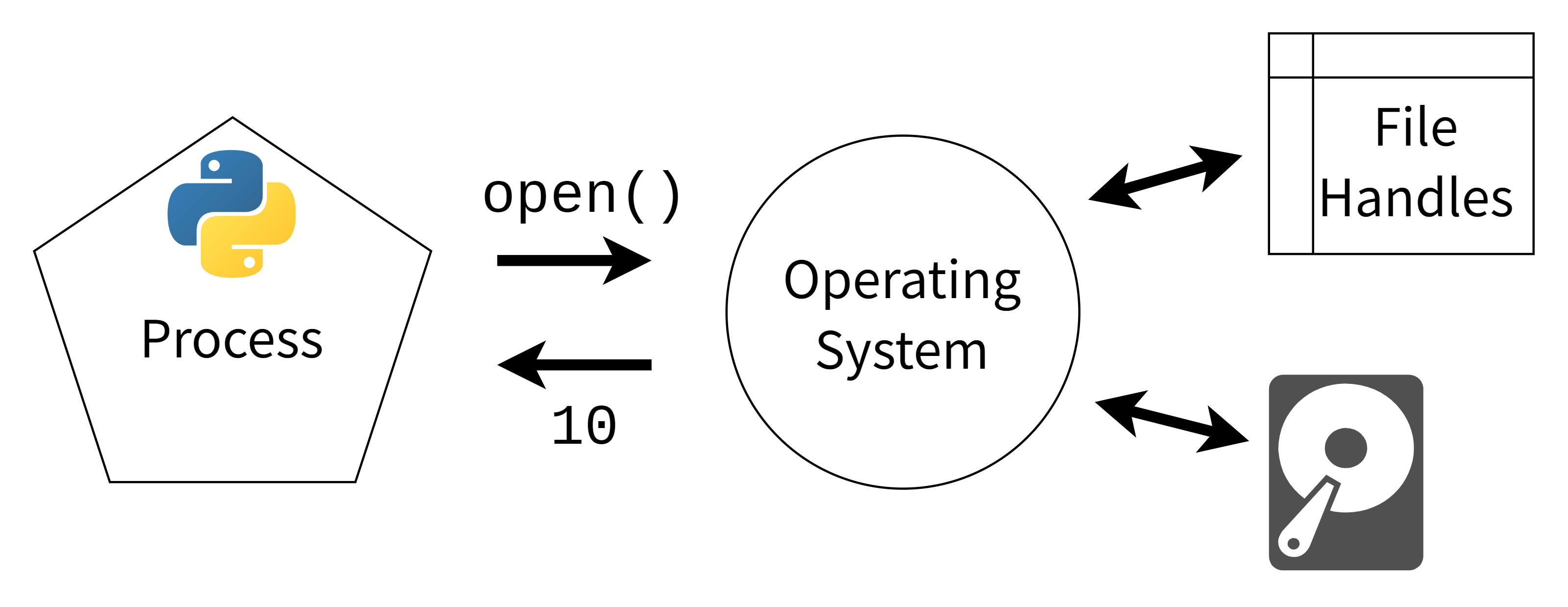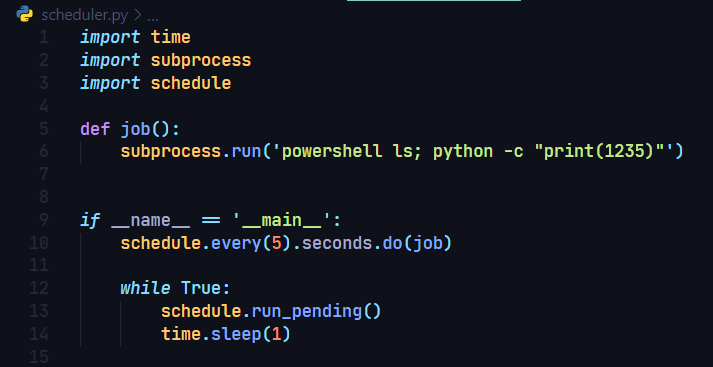Python list index
Python list index
I'd be happy to respond in English!
Python's list indexing is a fundamental concept that every programmer should understand. In this response, I'll explain the basics of list indexing and provide some examples.
What is List Indexing?
List indexing refers to the process of accessing specific elements within a Python list (also known as an array). Lists are one-dimensional collections of items that can be accessed using indices or keys. The index represents the position of an element in the list, starting from 0 (the first element).
Basic List Indexing
Here's how you access elements in a list:
my_list = ['apple', 'banana', 'cherry']
print(my_list[0]) # Output: 'apple'
print(my_list[1]) # Output: 'banana'
print(my_list[2]) # Output: 'cherry'
In this example, my_list is a list containing three elements: 'apple', 'banana', and 'cherry'. To access the first element ('apple') we use an index of 0, for the second element ('banana') we use an index of 1, and so on.
Negative Indexing
Python also supports negative indexing. This allows you to access elements from the end of the list:
my_list = ['apple', 'banana', 'cherry']
print(my_list[-1]) # Output: 'cherry'
print(my_list[-2]) # Output: 'banana'
print(my_list[-3]) # Output: 'apple'
In this example, the index -1 refers to the last element in the list ('cherry'), -2 refers to the second-to-last element ('banana'), and so on.
Indexing with Slices
You can also access a subset of elements within a list using slicing. This is achieved by specifying the start and end indices, separated by a colon:
my_list = ['apple', 'banana', 'cherry']
print(my_list[1:3]) # Output: ['banana', 'cherry']
print(my_list[:2]) # Output: ['apple', 'banana']
print(my_list[1:]) # Output: ['banana', 'cherry']
In this example, my_list[1:3] returns a new list containing the elements at indices 1 and 2 ('banana' and 'cherry'). my_list[:2] returns a new list containing the elements at indices 0 and 1 ('apple' and 'banana'), and so on.
Indexing with Steps
You can also access every nth element within a list using slicing:
my_list = ['apple', 'banana', 'cherry', 'date', 'elderberry']
print(my_list[::2]) # Output: ['apple', 'cherry', 'elderberry']
print(my_list[1::2]) # Output: ['banana', 'date']
In this example, my_list[::2] returns a new list containing every other element ('apple', 'cherry', and 'elderberry'). my_list[1::2] returns a new list containing the elements at odd indices ('banana' and 'date'), and so on.
In conclusion, Python's list indexing is an essential concept that allows you to access specific elements within a list. You can use positive or negative indices, as well as slicing and steps, to achieve this.
Python list append

I'm happy to respond in English!
Python's append method is used to add new elements to the end of a list. Here are some examples:
Simple Append
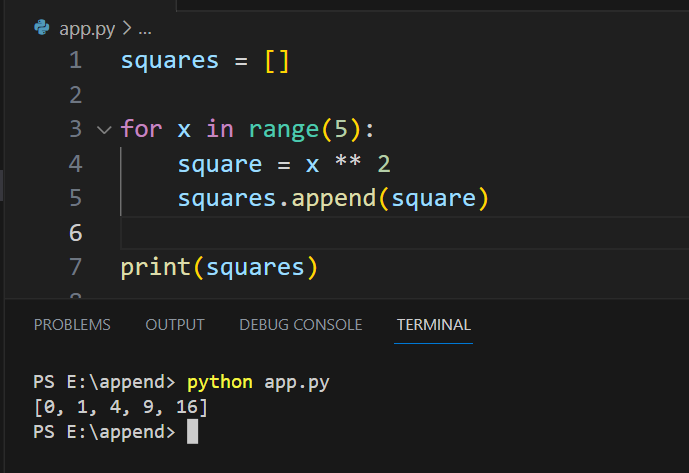
my_list = [1, 2, 3]
my_list.append(4)
print(my_list) # Output: [1, 2, 3, 4]
As you can see, append takes an element as an argument and adds it to the end of the list.
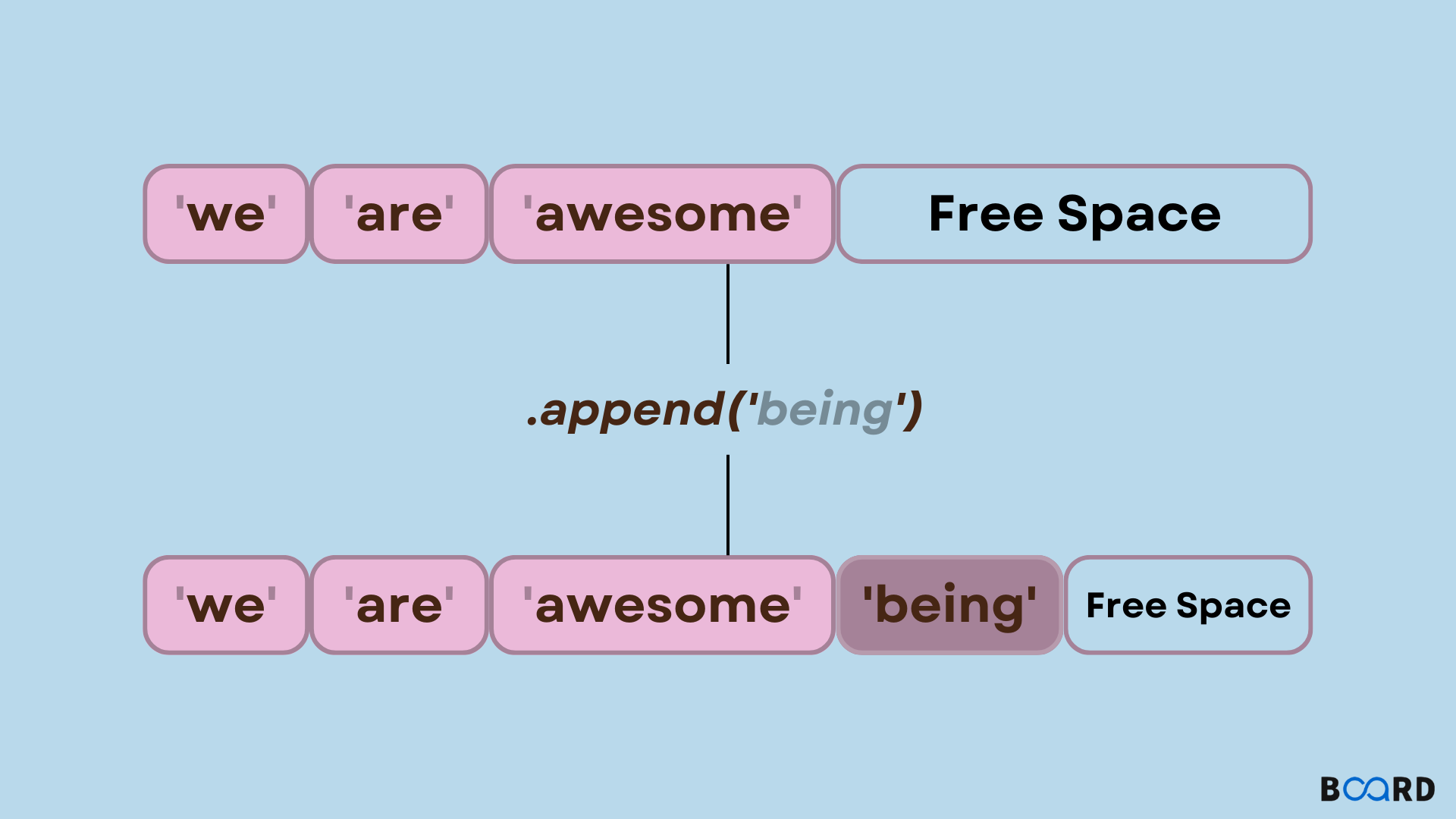
Append Multiple Elements

You can also use extend method (not append) to add multiple elements at once:
my_list = [1, 2, 3]
my_list.extend([4, 5, 6])
print(my_list) # Output: [1, 2, 3, 4, 5, 6]
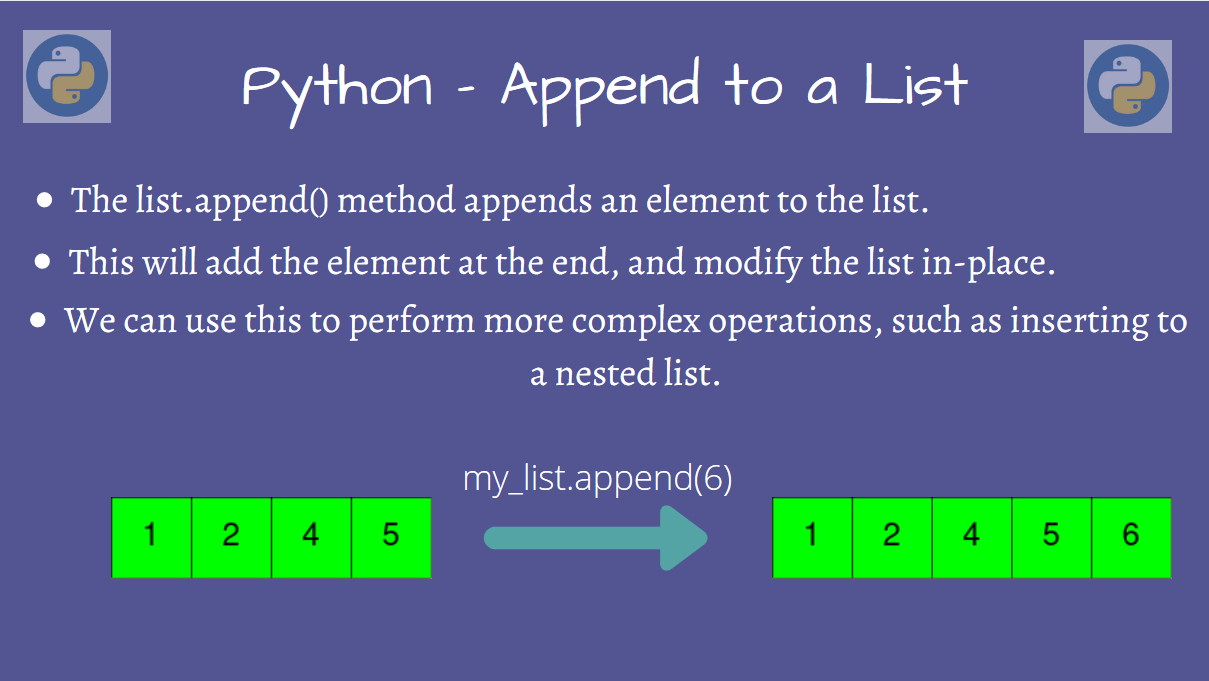
In this case, the extend method takes an iterable (like a list or tuple) and adds all its elements to the end of the original list.
Append Elements from Another List
You can also append elements from another list:
my_list = [1, 2, 3]
other_list = [4, 5, 6]
my_list.extend(other_list)
print(my_list) # Output: [1, 2, 3, 4, 5, 6]
Error Handling
If you try to append a non-list object (like an integer or string), Python will raise a TypeError:
my_list = [1, 2, 3]
my_list.append("hello") # Raises TypeError
To fix this, you can use the + operator to concatenate a list and another iterable:
my_list = [1, 2, 3]
new_element = "hello"
my_list += [new_element] # Now my_list is [1, 2, 3, ["hello"]]
Using List Comprehensions
If you need to create a new list by appending elements from another list or iterable, you can use list comprehensions:
my_list = [1, 2, 3]
other_list = [4, 5, 6]
new_list = [x for x in my_list] + [y for y in other_list]
print(new_list) # Output: [1, 2, 3, 4, 5, 6]
In this case, the list comprehension creates a new list by iterating over my_list and another iterable. The + operator concatenates these two lists to create the final result.
I hope this helps!
